Royal Portraits – a fine exhibition, awash with glamour and famous faces
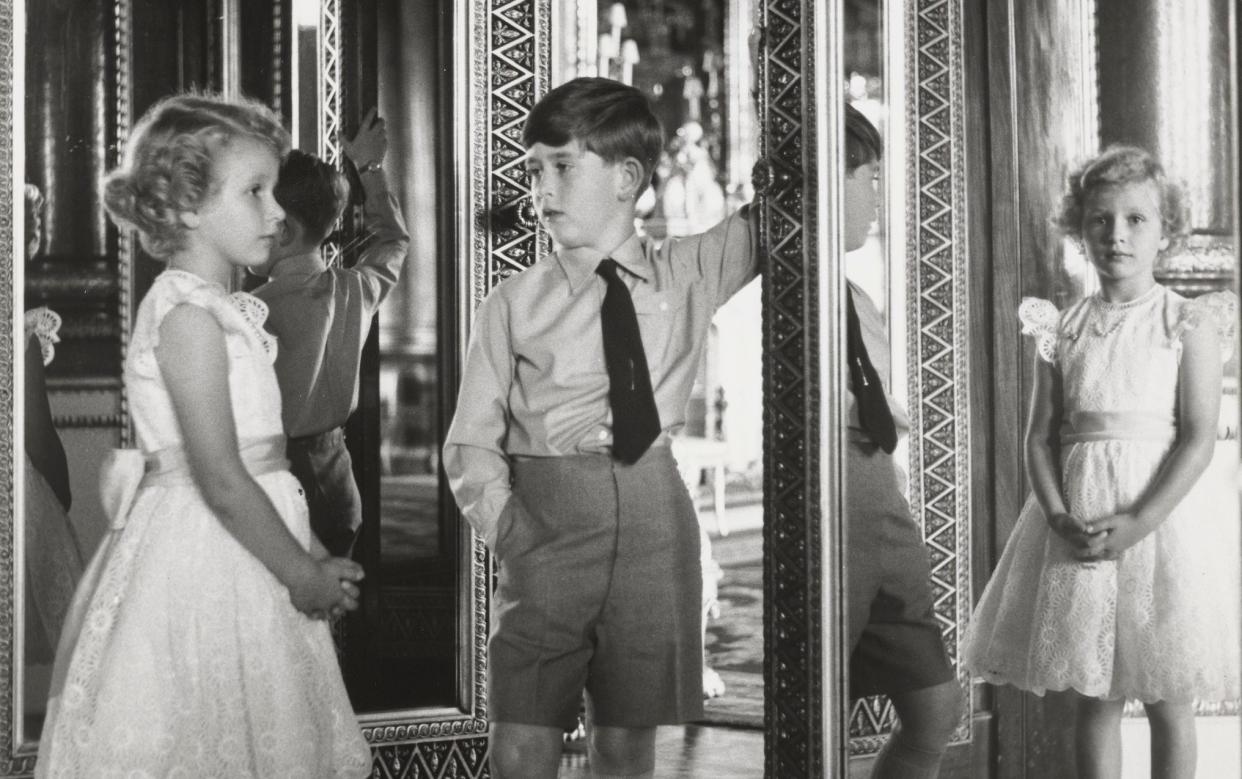
- Oops!Something went wrong.Please try again later.
- Oops!Something went wrong.Please try again later.
- Oops!Something went wrong.Please try again later.
- Oops!Something went wrong.Please try again later.
- Oops!Something went wrong.Please try again later.
- Oops!Something went wrong.Please try again later.
This show of official royal portrait photography – the first exhibition at the newly renamed King’s Gallery at Buckingham Palace – could have been so stilted, yet isn’t. The secret of its success? It takes the photographers as seriously as their high-born sitters, and traces the trajectory of a medium over the past century, as immaculate soft-focus effects, achieved within the studio by practitioners with first names such as Bertram and Olive, gave way to something more intimate and informal.
Of course, Royal Portraits – which includes, among 160 vintage prints, several unseen images – is awash with glamour and familiar faces: how could an exhibition containing dozens of shots by Cecil Beaton be anything but?
Its early sections are a numinous, natty haze of tulle and taffeta gowns, fur stoles, and peaked lapels; later, Princess Margaret – sometimes bare-shouldered, always brilliant-eyed – displays a film star’s smouldering poise. Likewise, Princess Diana, who appears three times: once, in playful maternal mode; twice, flirtatiously close-up. (The present Queen pops up in four photographs.)
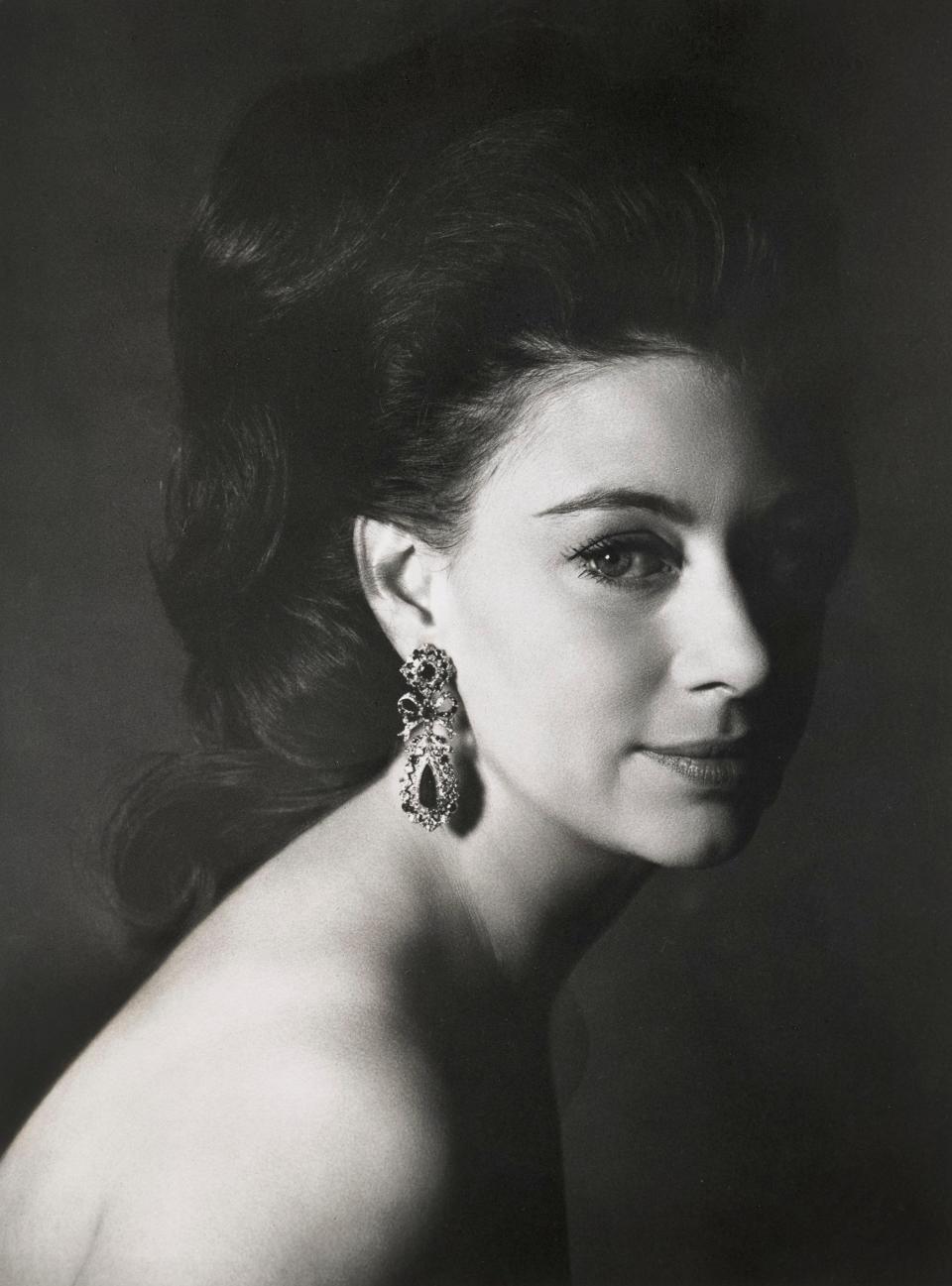
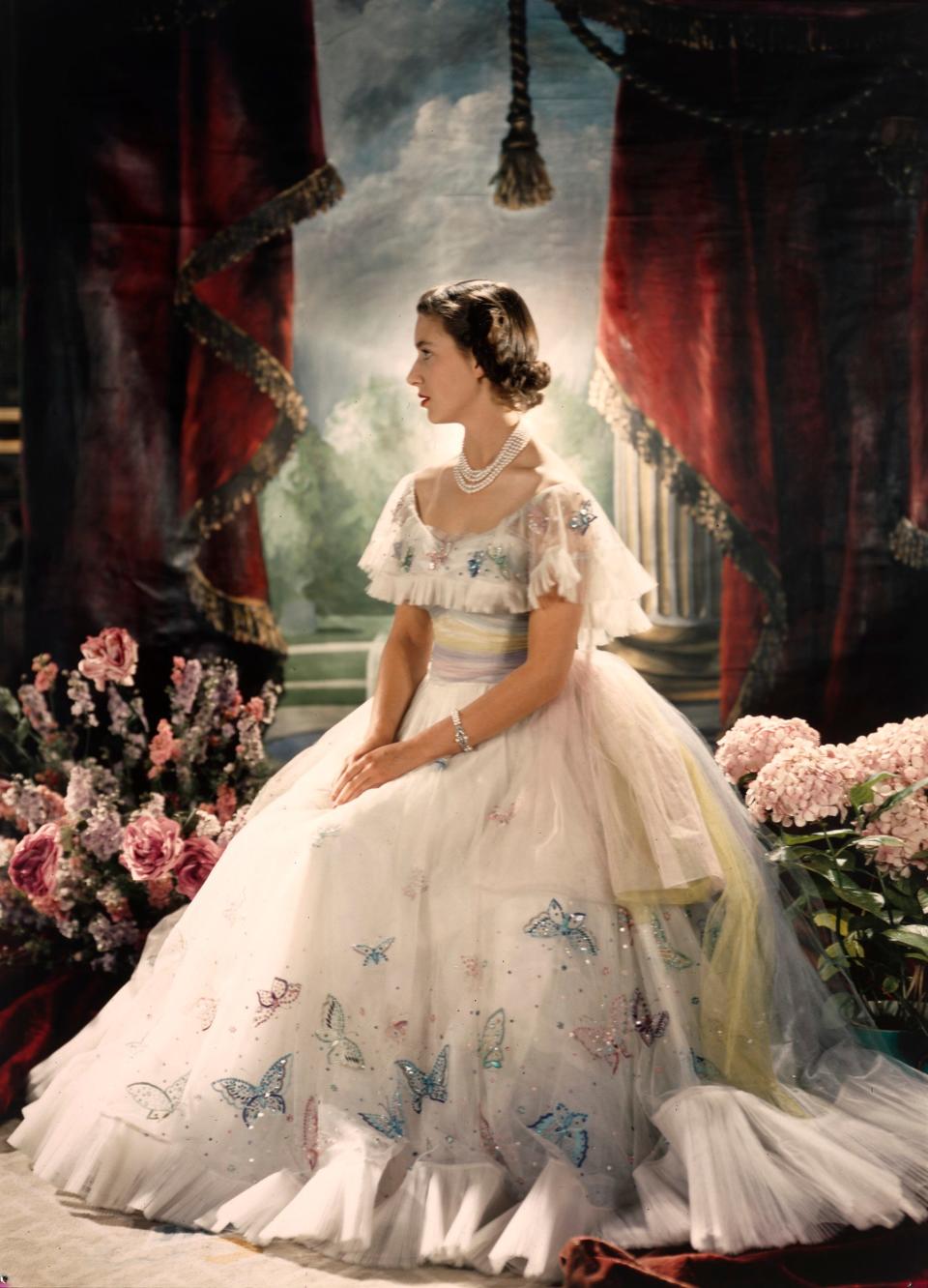

It takes the King a little longer to demonstrate such ease in front of the camera. A double portrait by Beaton captures him as a chubby boy sitting beneath his angular father, who dwarfs him; delicately, a label refers to the “paternal dynamic”. Nearby, in a portrait released to mark his 18th birthday, he comes across as sweet but gawky.
Nadav Kander’s monumental headshot, though, commissioned by Time in 2013, and prominently displayed against a cardinal-red wall in the final room, is a persuasive vision of modern monarchy. In it, Charles (then still the Prince of Wales) appears considerably brisker and more at ease than he does in Jonathan Yeo’s painted likeness of him as a doddery regimental colonel drenched by a tropical crimson storm, unveiled earlier this week. Deftly, Kander ensures that his subject’s shirt, tie, buttonhole, and silvery hair all echo, and so enhance, his glittery grey-blue gaze.
Yet, the exhibition’s interest in photographers and their craft – its art-historical chops, in other words – also deserves respect. The curator, Alessandro Nasini, is mindful that photographs are objects with tangible properties, and finds room for unusual exhibits, such as a touched-up dry plate negative or a solarised print of Princess Elizabeth.
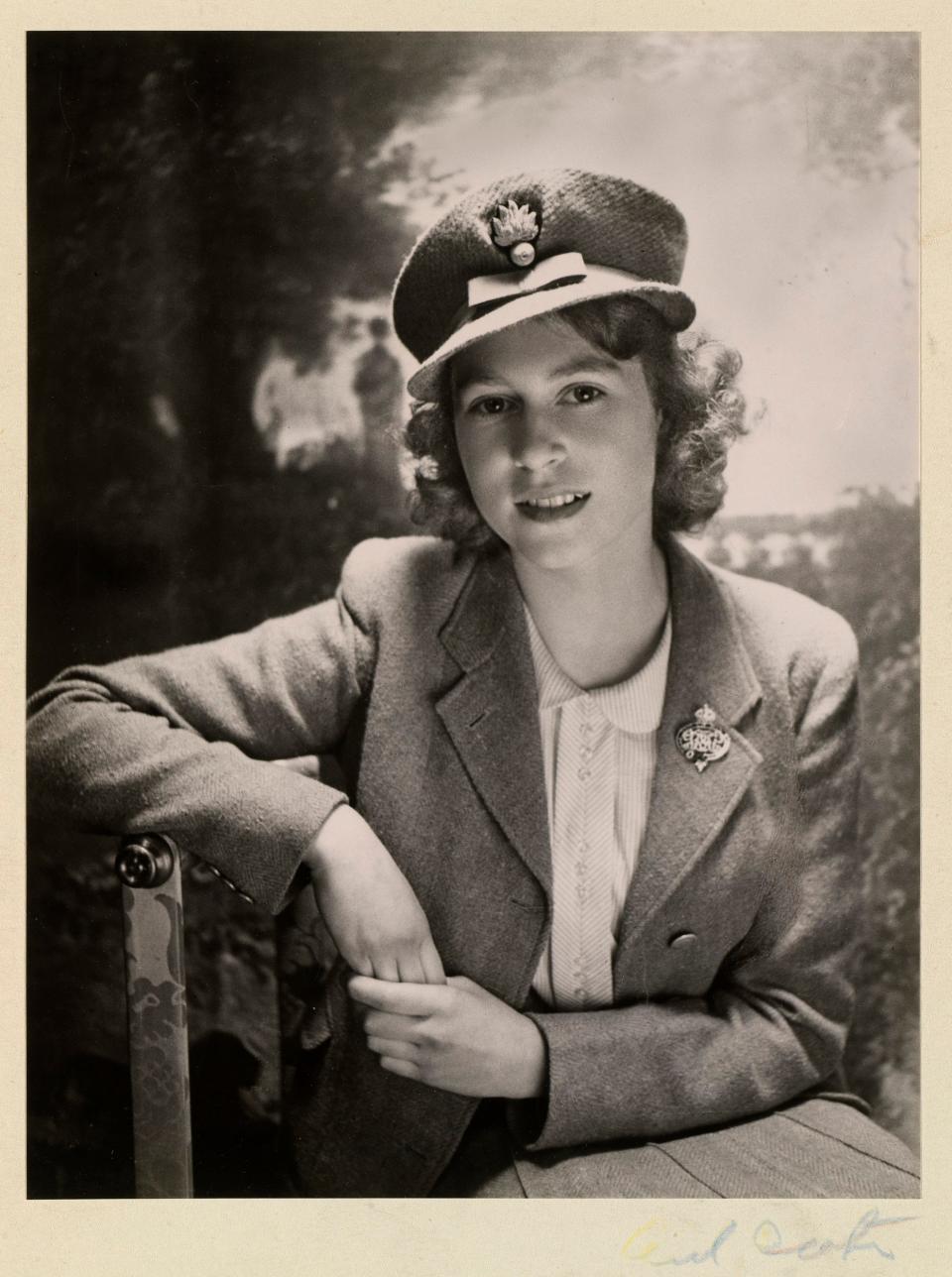
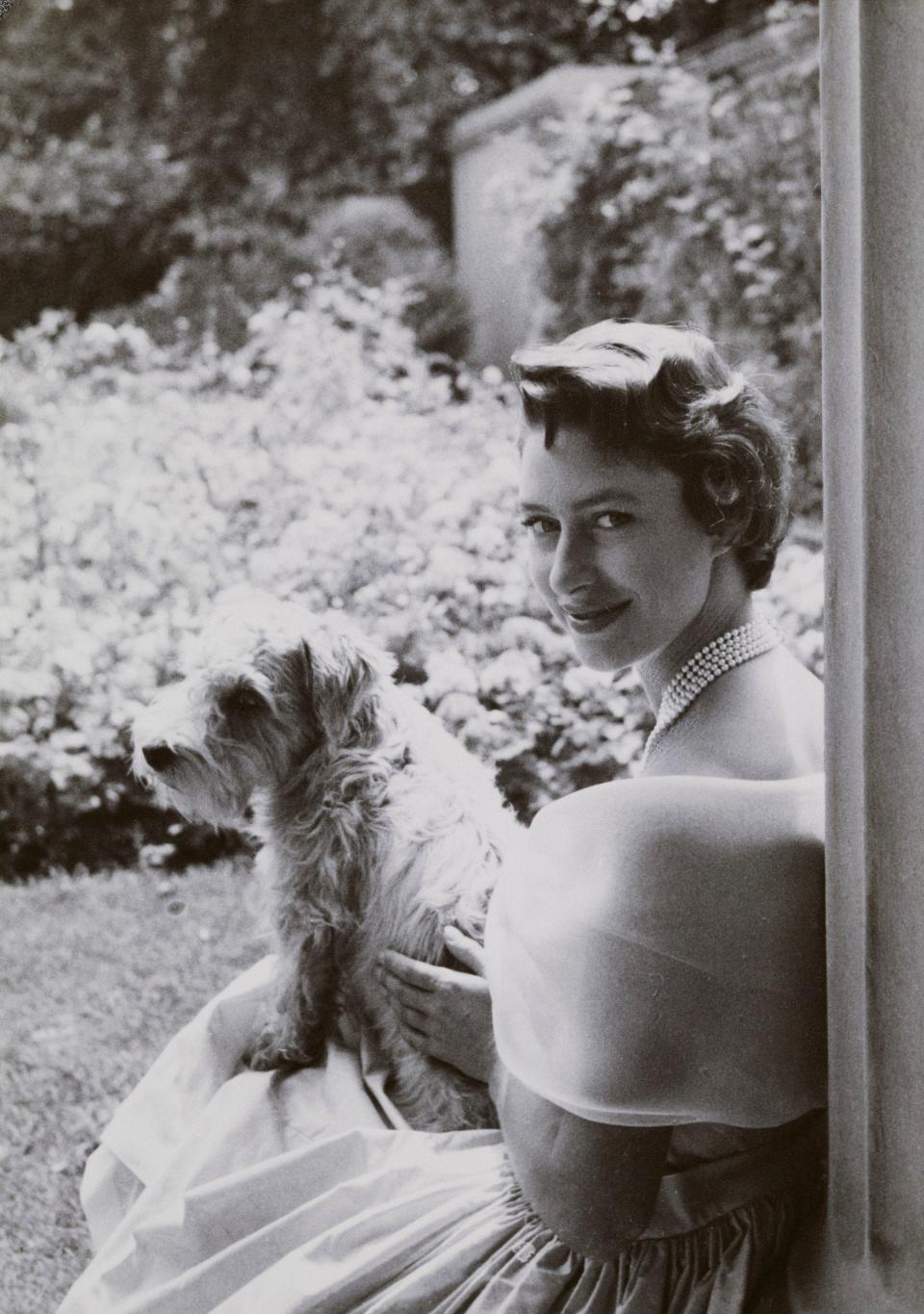
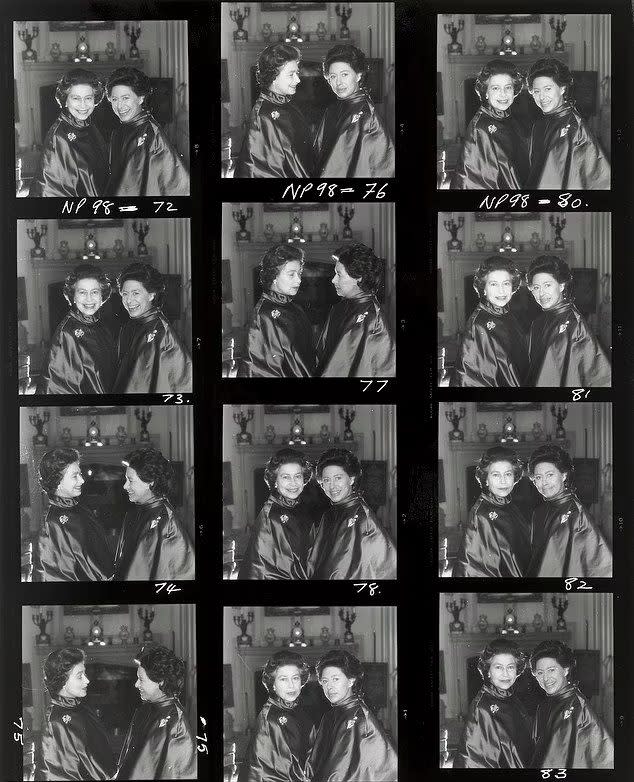
Labels are rarely sycophantic, but point out subtle material details, such as the way that textured paper can give a print a “velvet-like quality”, or the fact that the “diamond dust” supposedly embellishing Andy Warhol’s screenprint of Elizabeth II is really “fine particles of crushed glass”. Blue squiggles overlaying the Queen’s face in Warhol’s image recall red annotations by Lord Snowdon indicating areas for retouching on a nearby proof of Princess Margaret. Celebrity is an artful construction.
Pleasingly, the exhibition also reveals that women, such as Dorothy Wilding (who once pronounced, “In my studio, I can put the sun where I want it”), have long succeeded as royal photographers. A beautifully tender black-and-white portrait from 2006 by Jane Bown, in which Elizabeth II is irradiated only by natural light, is among the finest works on display. Achieving such naturalness, irrespective of gender, is far from easy; even Annie Leibovitz, the renowned American photographer, only had 25 minutes to work her magic with the late Queen in 2007.
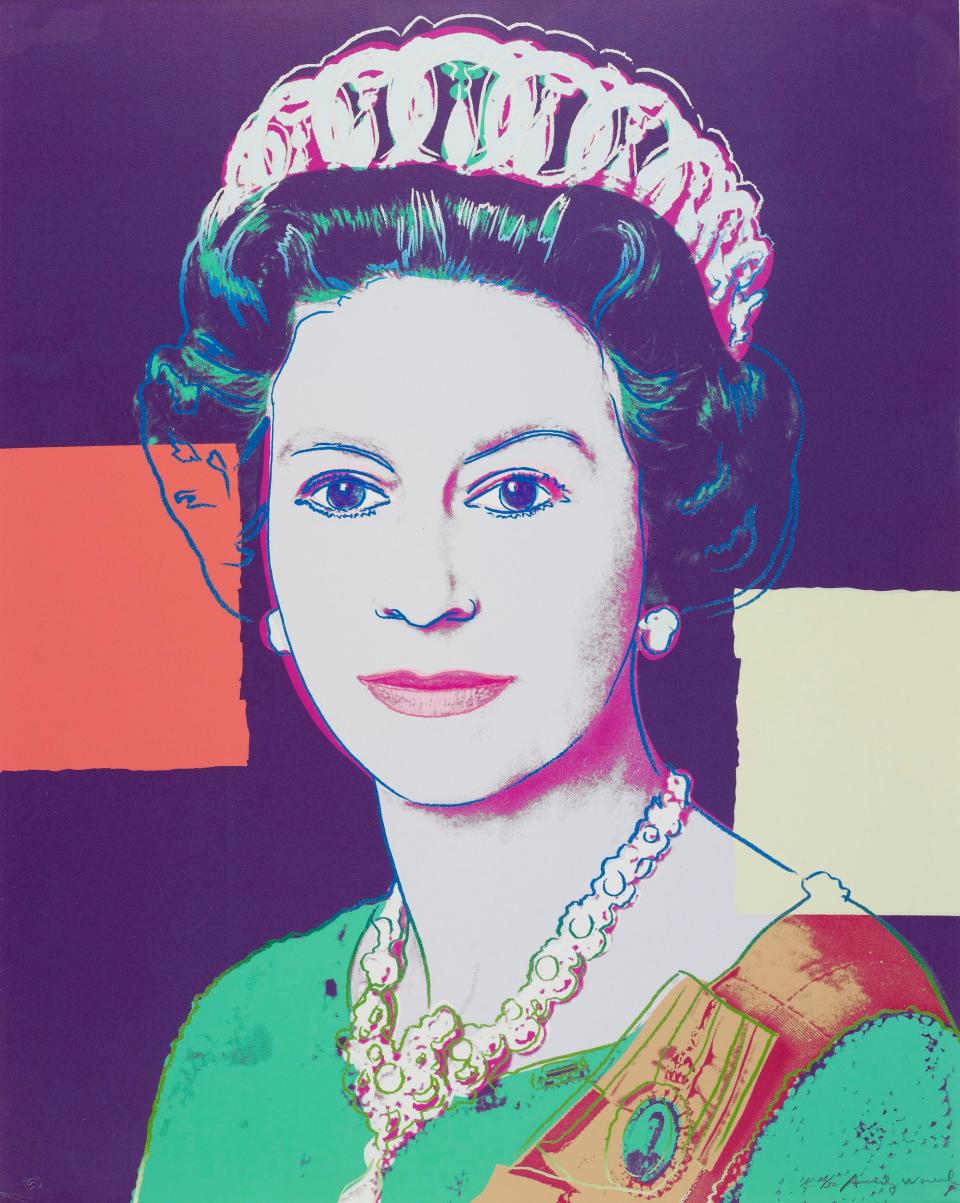
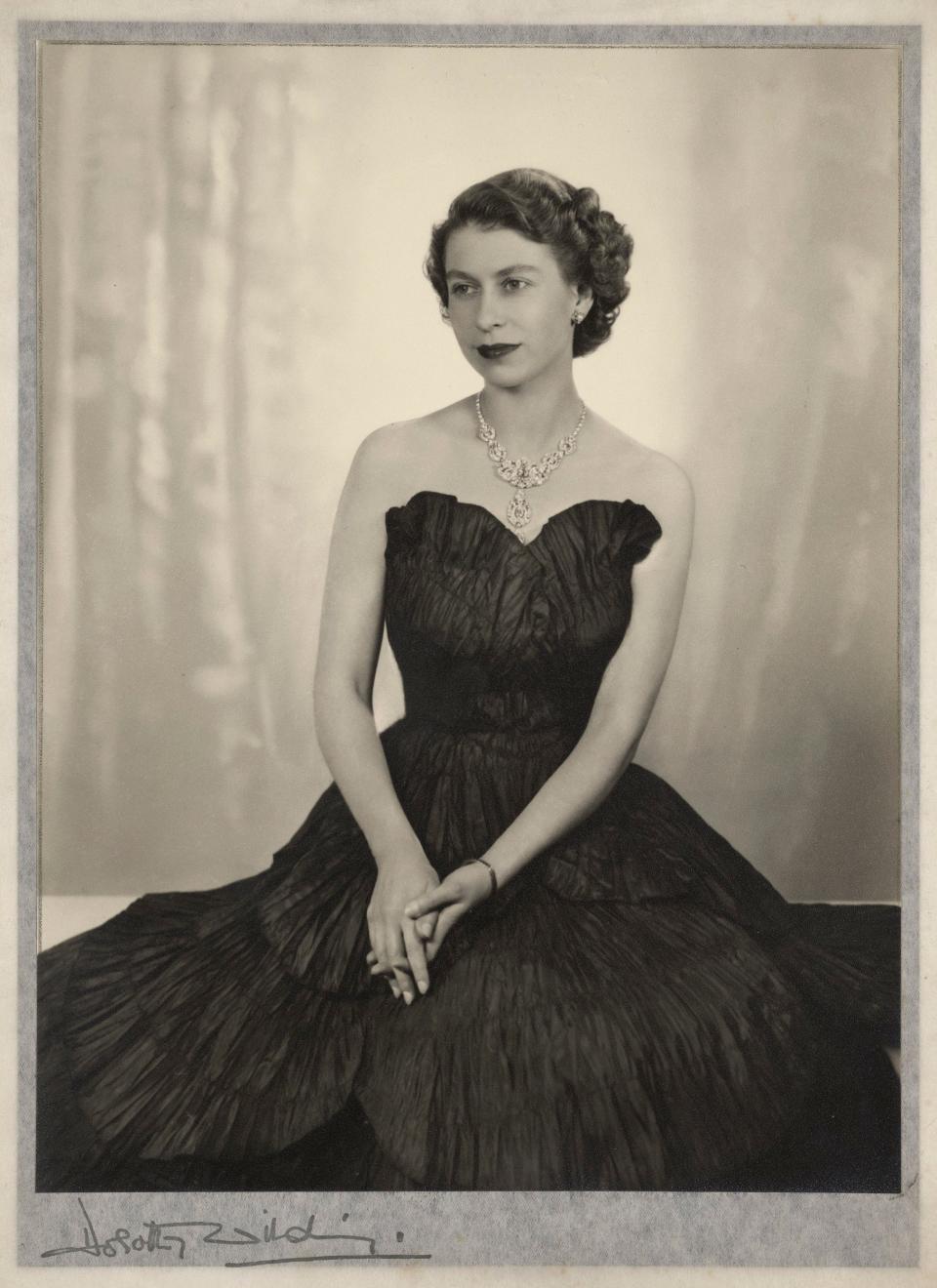
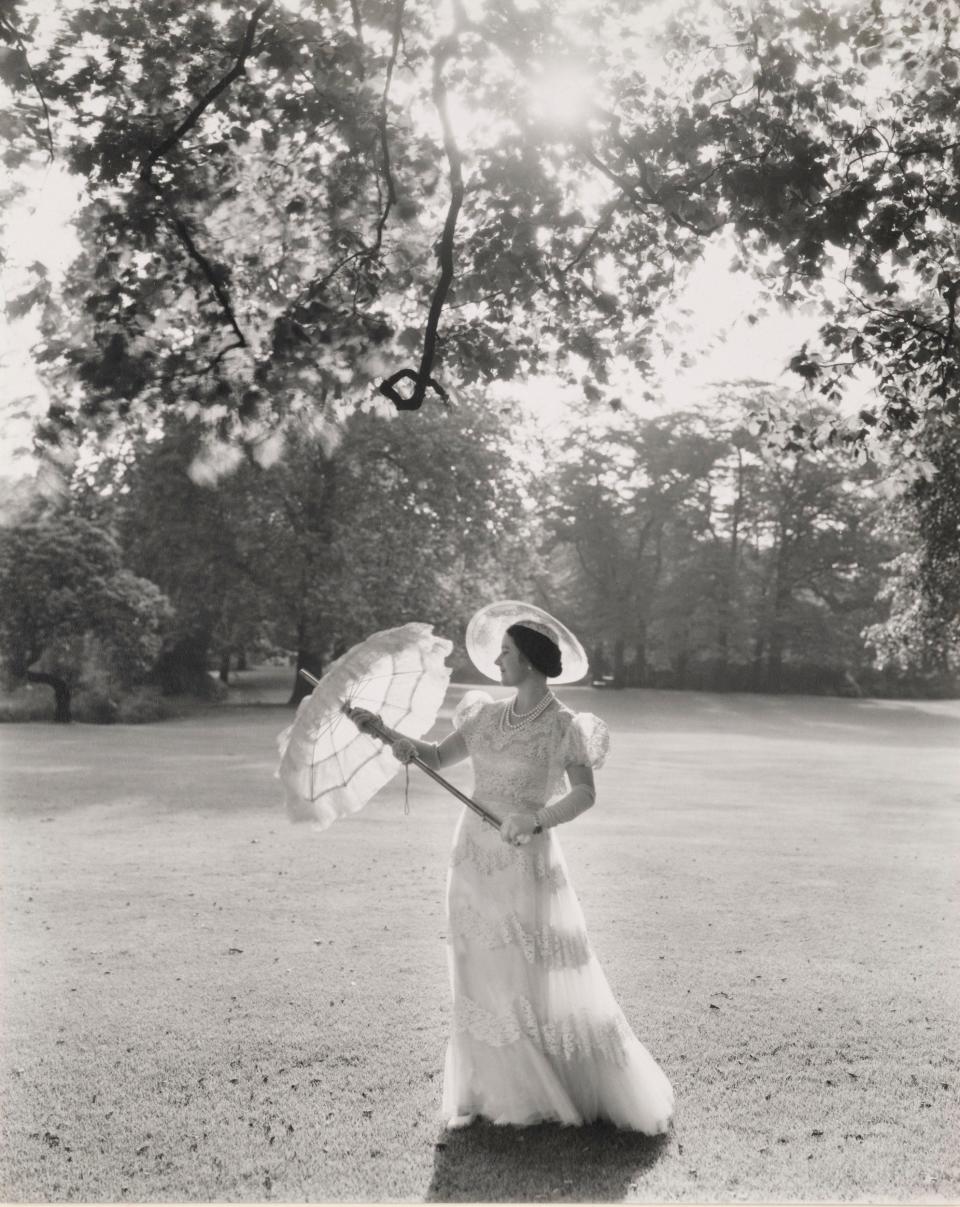

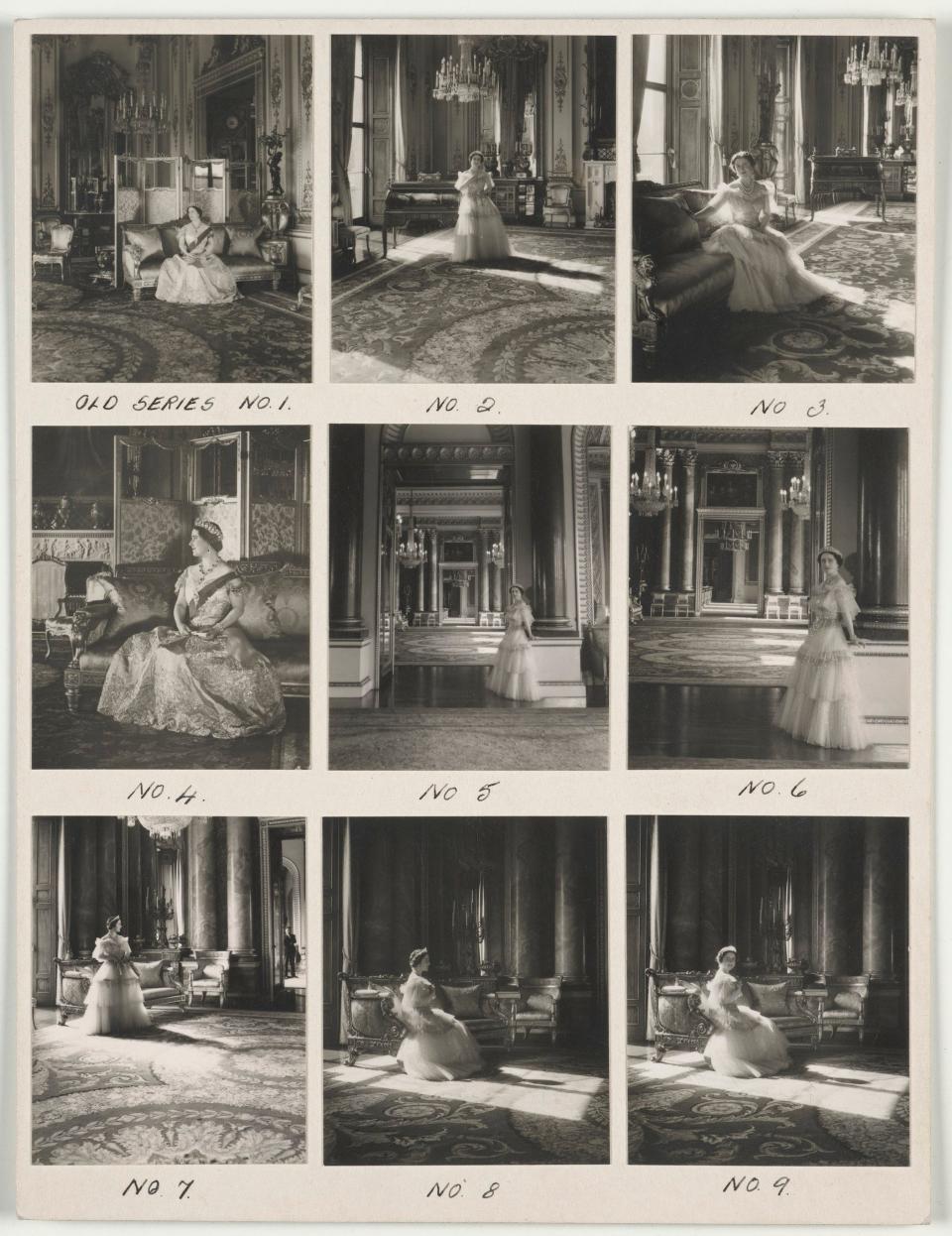
Some consequential royal portraits – including a symphony in green by the German Thomas Struth – are missing, while a few that are present are a corgi’s dinner. (One lesson of the show is that you can spot a fake smile at a hundred paces.) Although hardly so bad, Hugo Burnand’s coronation portrait of Charles III is, for me, excessively flat and factual, and makes the newly crowned monarch, who appears to be dressed in a gigantic Cadbury wrapper, seem faintly uncomfortable in his regalia. Where’s the magic?
Nasini could have been braver, too, and included family photographs taken and released by Catherine, Princess of Wales. For all the controversy that they’ve attracted recently, this would have brought the story entirely up to date.
Open now; rct.uk

